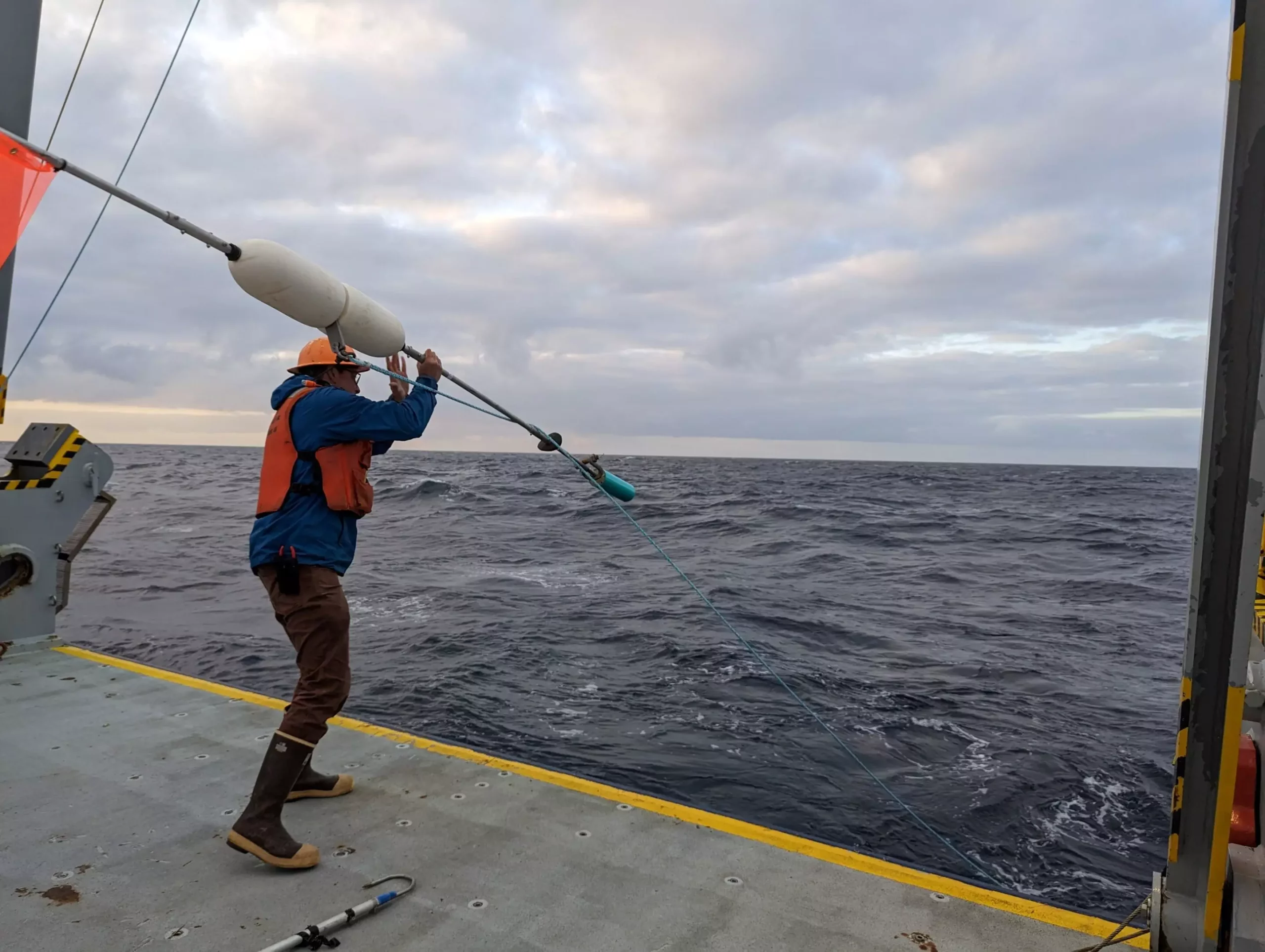The ocean plays a pivotal role in the global carbon cycle, primarily through the biological carbon pump—a complex mechanism that transports carbon from the surface waters, where it predominantly resides in CO2 gas, to the depths of the ocean. Here, this carbon can be sequestered for significantly extended periods, which is critical for regulating atmospheric CO2 levels. Recent research has illuminated a crucial aspect of this process: the differential dietary preferences of bacteria that consume organic molecules, notably lipids. These findings have implications not only for our understanding of microbial ecology but also for global climate change models.
Lipids, which are rich in carbon, can constitute anywhere from 5% to 30% of the particulate organic matter found in the surface layer of the ocean. As this organic matter descends into the depths, it becomes a critical source of energy for a variety of microbial communities residing in the ocean’s mesopelagic zone, typically extending from 200 to 1,000 meters below the surface. Bacteria in these communities play a vital role in determining how efficiently this organic matter—and the carbon it contains—can be degraded and sequestered.
Research led by Benjamin Van Mooy and his colleagues has revealed a striking diversity in how different bacterial species opt to utilize these lipid compounds. Some bacteria are selective in their feeding habits, while others are more promiscuous, degrading a wider range of lipids. This dietary specialization has the potential to influence the efficiency of carbon transport into the deep ocean. By investigating how various microbial communities interact with these lipids, the researchers were able to create a model that elucidates the dynamics influencing lipid degradation.
The use of synthetic bacterial communities—composed of isolates selected for their distinct dietary preferences—provided insights that extend beyond individual species’ behaviors. The study found that the metabolic interactions between different bacterial species could significantly affect lipid degradation rates, suggesting that a collaborative approach to feeding strategies among bacteria may enhance the overall degradation process.
One of the remarkable aspects of this study is its application of advanced chemical analysis and microscale imaging techniques—tools that had historically been utilized separately. This innovative approach has enabled scientists to gain a more comprehensive understanding of the microbial processes occurring in the ocean. Co-author Roman Stocker emphasized that these technologies create opportunities for new insights into microbial functionality and its implications for ocean health and climate.
As our understanding of lipid composition evolves, it has become clear that these compounds are not uniform across different oceanic environments. Variations in lipid types can occur due to geographical differences, seasonal changes, and ecological dynamics. This information will be crucial for identifying ocean hotspots where carbon sequestration is particularly efficient.
Another notable contribution from the study is the recognition that multispecies interactions among bacteria can significantly influence degradation rates of organic matter. In natural ecosystems, bacteria do not exist in isolation; they form complex communities that engage in various interactions that can either foster competition or collaboration for resources. The researchers observed that co-cultures of bacteria had different degradation efficiencies compared to bacterial monocultures, highlighting the ecological relevance of studying these interactions.
The importance of phytoplankton in the global carbon cycle cannot be overstated. These minute marine organisms are responsible for sequestering a substantial amount of atmospheric carbon through their photosynthetic processes, absorbing roughly as much carbon as terrestrial plant systems combined. The intricate relationship between phytoplankton and bacteria indirectly supports this process, as phytoplankton contribute to the pool of organic matter that bacteria subsequently digest.
Understanding the intricacies of microbial dietary preferences and their interactions can transform our approach to predicting global carbon fluxes, particularly in the face of climate change. Climate models that include these biological processes are paramount in forecasting how oceanic dynamics will adjust to shifting environmental conditions.
With the insights gained from this research, scientists can move toward identifying optimal locations within the ocean for enhancing natural carbon sequestration processes. Fine-tuning our understanding of these dynamics can ultimately aid in developing strategies to address rising CO2 levels in the atmosphere and mitigate climate change impacts.
The interplay between microbial dietary habits and carbon sequestration capabilities offers a fascinating glimpse into the complexities of our oceans. As research methods continue to advance, so too will our ability to understand and model these critical processes, laying the groundwork for innovative climate solutions in the future.


Leave a Reply